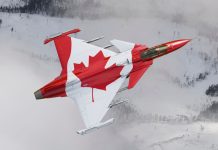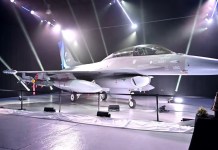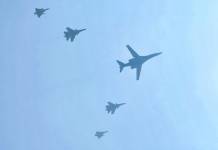Russia is already bench-testing several prototypes of the Izdeliye (Product) RF engine it’s developing to power the PAK-DA strategic bomber.
A source in the military-industrial complex told TASS that the results of the tests showed that the engine conformed to design parameters.
“Several engine prototypes have already passed part of the bench tests. Now the tests are ongoing. Based on their results, we can say that the engine confirms the parameters laid down in it,” the TASS source said.
UEC-Kuznetsov is developing the Izdeliye RF engine. The Deputy General Director-Managing Director of the Kuznetsov plant, Alexei Sobolev, told journalists in December 2020 that the engine assembly had started.
“The first engine” in iron “has already been manufactured, is now being assembled, and will be ready for bench tests by the end of the year. We plan to start them at the beginning of next year,” he said.
Russia has recently made significant breakthroughs in engine technology with the development of its commercial PD-14 high bypass turbofan engine – the first 5th-generation jet engine developed in Russia. Engine technology advances include:
- Monocrystalline blades for high-pressure turbines
- Turbine blade cooling system for operation at the gas temperature to 2000 ° K
- Hollow wide-fan blade made of titanium alloy
- Low-emission combustion chamber of the intermetallic alloy
- Sound-absorbing structures made of composite materials
- Ceramic coatings on the details of the hot part
- Hollow blades of low-pressure turbine
It’s not surprising, therefore, that the Izdeliye RF engine will support 30 hr flight endurance.
PAK-DA Features
The PAK-DA is a new long-range strategic bomber under development in Russia. The low observable (LO) flying wing design bomber is reportedly capable of carrying a hypersonic missile in its internal bomb bay and can collaboratively operate with drones.
In a flying wing design, the fuselage is not distinct from the wings, and the aircraft does not feature a tail surface for stability and maneuvering.
The design minimizes radar signature. Stability and maneuverability are achieved by the flight computer using electrically activated wing-mounted aerodynamic surfaces, such as flaps.
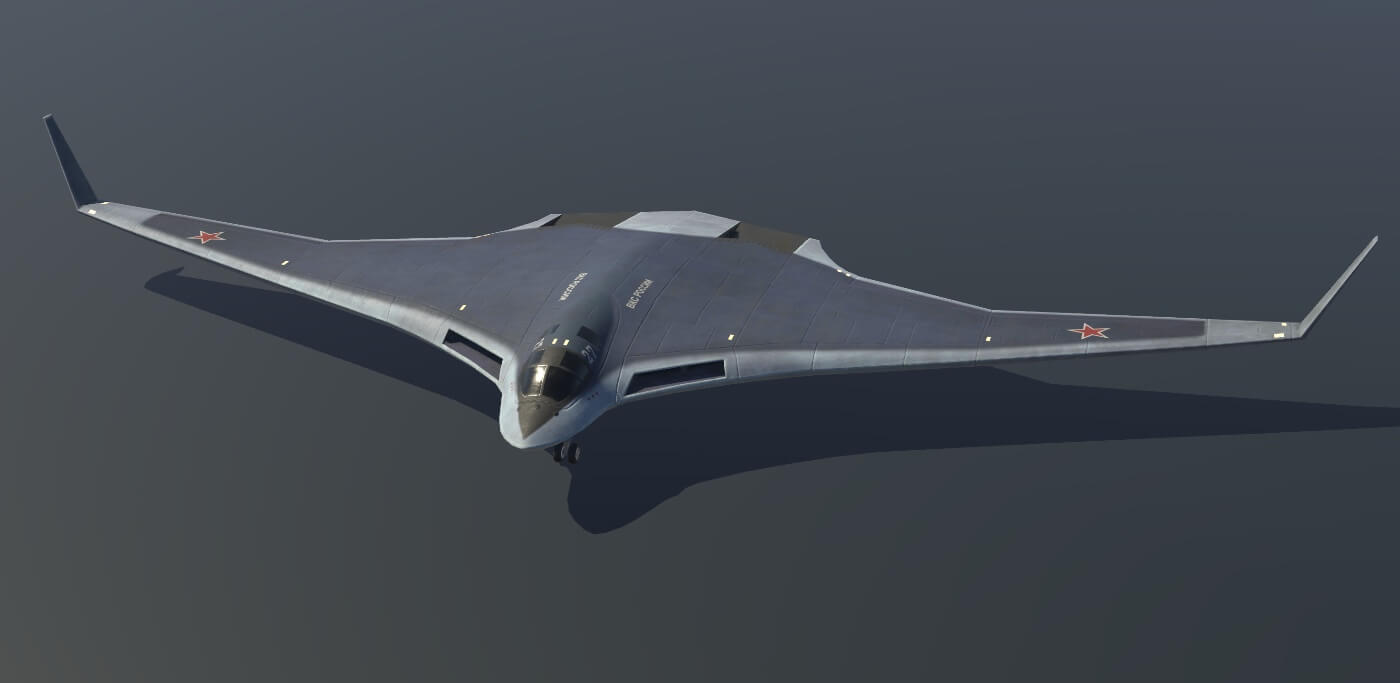
In April 2021, Russia Beyond quoted Vadim Kozulin, an Academy of Military Science professor, saying, “The onboard equipment of the aircraft is automated as much as possible. Engineers now experiment with using it in unmanned mode. It is also assumed that the bomber will be able to control groups of unmanned aerial vehicles and will be able to use the entire range of air-to-air missiles.”
Russia, which already has two supersonic bombers, Tu-160 and Tu-22M, has chosen a fuel-efficient subsonic design for the PAK-DA to increase its flight endurance rather than high speed.
High penetration and escape speeds are required when a bomber has to approach close to adversary shores to deliver its ordnance.
It’s interesting to note that the latest US strategic bomber, B-21, is also of subsonic flying wing design and has the ability to collaborate with unmanned flying assets. Similarly, China’s new bomber H-20 is likely a flying wing design.
Kozulin says, “Today, Russia’s air force has received the powerful Kh-555 and Kh-101 long-range missiles that can fly 5,000 kilometers (3,106 miles), which is why there is no more need for long-distance bombers.
Now the strategic bomber can carry out its mission without leaving Russian borders and remaining under the protection of air defense systems.”
Kozulin estimates that the PAK-DA, like other contemporary bombers, will be able to carry 40 tons of weapons.
According to reports, PAK-DA will replace the aging Tu-95 strategic bomber and operate in parallel with the Tu-160 and Tu-22M3. Russia recently restarted the production of its Tu-160 bomber using modern digital production techniques, signaling its continued commitment to the supersonic bomber.
Russian defense industry sources say the PAK-DA will feature a defensive suite that relies heavily on electronic warfare to thwart adversary missile attacks.
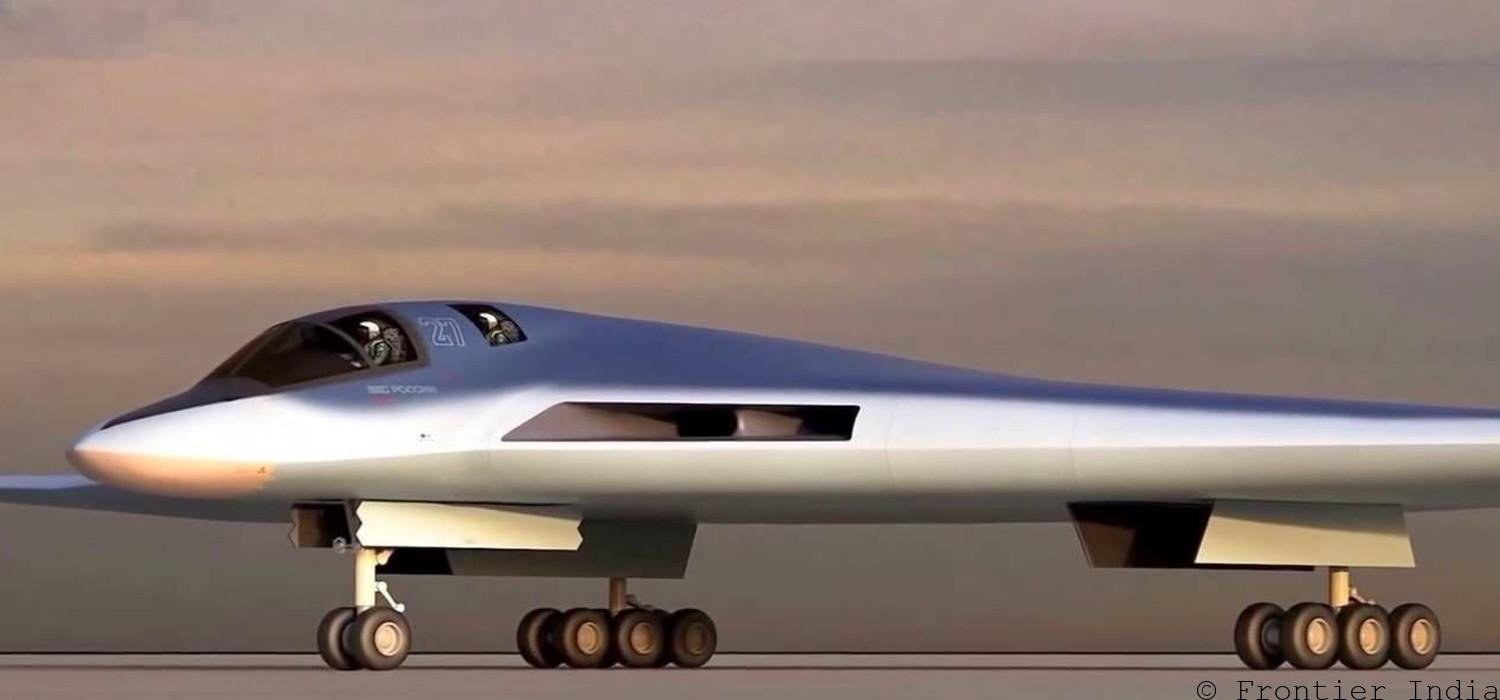
Development History
Preliminary work on the design of the PAK-DA in the design bureaus and the formation of requirements for the aircraft by the Air Force began in 1999. The Russian Air Force set its requirements for the bomber in December 2007.
The Russian Ministry of Defense signed a research contract for the PAK-DA program with Tupolev OJSC in 2009, and the draft design of the bomber was completed in 2013.
In December 2019, Deputy Defense Minister of Russia Alexey Krivoruchko said in an interview that the design project of the PAK-DA had been approved, and the Tupolev design bureau began developing working design documentation.
In May 2020, TASS sources disclosed that production of the first experimental model of the new strategic bomber had begun.
At the end of August 2021, the then-head of the Ministry of Industry and Trade of the Russian Federation, Denis Manturov, announced the start of the assembly of experimental models of PAK-DA bombers. Several prototypes are being assembled, he indicated. The aircraft is planned to be put into service by 2027.
In August 2021, TASS reported quoting an industry source, that a demonstration model of the PAK DA long-range aircraft would be assembled by 2023.
“Currently, the experimental model is being built. The demonstration model will be ready by 2023,” the source said.
In August 2022, Tupolev PJSC specialists published a patent, which most likely reveals the new Russian strategic bomber’s appearance and main technical characteristics.
Patent number RU209424U1 is a “utility model of an aircraft engine air intake” and contains a new advanced long-range aviation complex (PAK-DA) diagram.
- Vijainder K Thakur is a retired IAF Jaguar pilot. He is also an author, software architect, entrepreneur, and military analyst. VIEWS PERSONAL
- Reach out to the author at vkthakur (at) gmail.com
- Follow EurAsian Times on Google News

